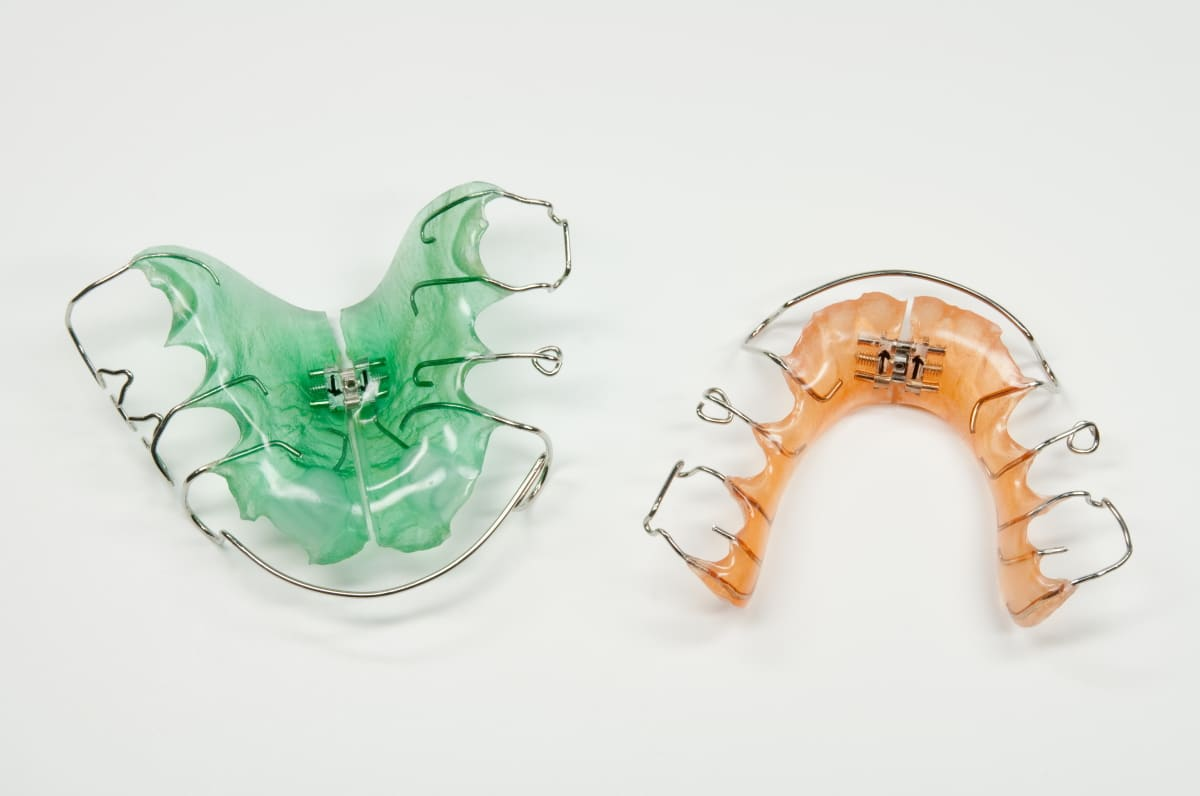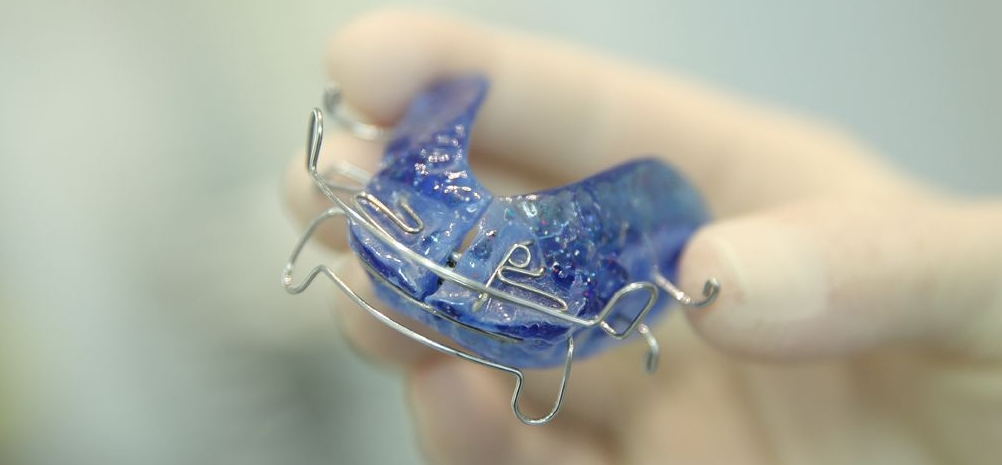Kieferorthopädie and Hollywood smile
Some of you may have gone to an orthodontist at a conscious age to have your bite corrected. If so, you probably know how much such treatment can cost. Note that dental treatment in Germany is not the cheapest and I've seen some cases where people go to Russia or Ukraine for treatment. But as far as bite problems are concerned, the situation is a little better here, and better if you have public insurance. After moving to Munich, we made an appointment with the dentist for my son for another check-up to make sure everything was normal and we could forget about dental issues for the next six months. But after several consultations with the doctor, we were advised to see an orthodontist to check the bite and see if any correction was needed. At that time we did not know what kind of long story we were getting into. But first things first.
Consultation with an orthodontist
After the orthodontist had examined the child, the doctor suggested a treatment plan. At this point I was about to pull out a calculator to calculate all the costs, but the doctor reassured me by saying that the treatment would be free in the first stages. At this point I breathed a sigh of relief and began to study the terms of the contract, which I had to sign in order to start treatment. Here are the main points:
- All the doctor's recommendations must be strictly followed
- It is essential to attend all routine check-ups so that the doctor can monitor and adjust the course of treatment
- Pay 20% of the billing, which will be refunded by the insurance company after the treatment has been completed.
The terms did not seem impossible, so we agreed. One comment - if the treatment was interrupted, we would have to pay the full amount. So here we had to make a decision on shore, jumping out of the boat was not an option. After the contract is signed, the doctor sends a request to the insurance company with the diagnosis and treatment plan. If the insurance approves (in most cases it does, the doctor told me), treatment begins.
Treatment. Stage 1.
Early treatment consists of wearing loose braces (Lose Zahnspange), which are made from an impression specially made for the child and are used to correct the bite by shifting the teeth. This results in a kind of passive therapy and periodically the braces are pulled apart with a special key given to you by the doctor. The effect is evident the more time the child wears the brace. Most of the time, of course, at night. They can also be worn in the evening, when doing homework or watching TV. The only limitation is physical activity.

The treatment period is about two to two and a half years. During this time, the doctor monitors the treatment and tells you whether you need to move the loose braces further or whether you should wait until the next consultation. Fabrication of loose braces, materials, orthodontist's work - all this is paid by the insurance (80 %), you pay your 20 % once a quarter and collect the bill in a separate folder..
After about a year and a half, the doctor says that it is necessary to take a break for a couple of months and come back for a follow-up appointment where the treatment will be continued. In our case, new loose braces had to be fabricated and the doctor also decided that only the loose braces for the upper teeth would be sufficient (the picture shows a pair for the upper and lower teeth)..
After another year, the first phase of treatment was over. The doctor told you to take a break for a couple of months and make an appointment for a follow-up check-up. At this time, you receive your last treatment bill, scan everything you have accumulated during this time and send a request to the insurance company for a refund of the proportion you have paid. You can get the forms from the insurance company, they usually speak English, and their German is not that complicated and they will be happy to repeat it for you more slowly if you don't understand something (that was the case with me). For some people this may be the end of the treatment. It all depends on the individual situation. In our case, we made it to the next round.
Treatment. Stage 2 or preparation for braces
During the follow-up examination, the doctor says that we need further treatment. The procedure is similar to stage 1: The doctor makes a treatment plan, takes photographs of the patient's bite and sends a request to the insurance. If the insurance approves it, we start the treatment. The difference is the treatment and the cost of it. The treatment consists of wearing a so-called activator (Aktivator)

The principle is the same as the loose braces, the only difference being that it is a one-piece design that fits over both the upper and lower teeth. Just like the loose braces, it is made from an impression especially for the child. The payment plan is the same as for the loose braces - 80% for the insurance and 20% for the patient (in this case, the parents). When the treatment is over, this 20% is refunded. The terms are the same - obey the doctor and do not miss any check-ups. What the insurance cannot pay for is braces. You have to wear an activator for about a year - year and a half, and then you have to wear braces. You have to wear braces for about a year, according to the doctor. Then the insurance's generosity ends and you have to pay for the braces yourself. Our doctor has suggested three different options in different price ranges:
- 2160 Euros - the simplest metal braces (Empower 2)
- 2500 Euros - the same metal braces, but in a white design, so that they are not too conspicuous (Self Ligating Brackets)
- 2800 Euros - braces that are custom-made for the child (Ormco Insignia)
We are still at the activator stage, so I can't add anything more about braces. But I will definitely add to the article when we get past that stage as well.
